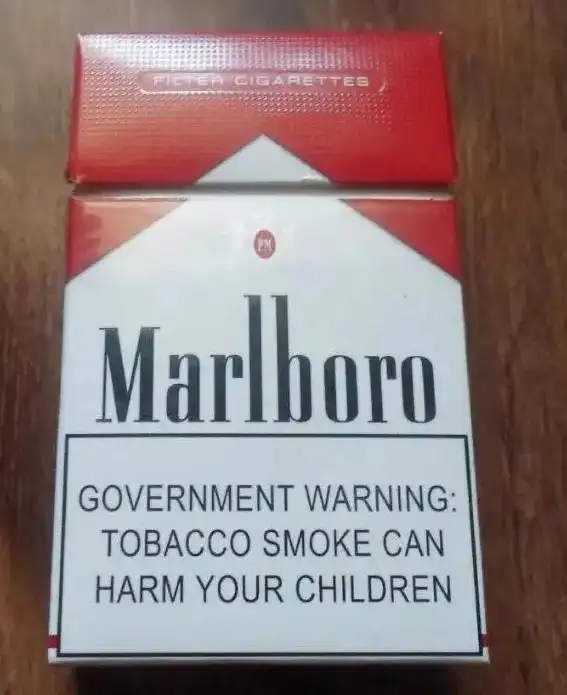Title: Lighting the Fuse: How Tobacco Smoke Accelerates the Progression of Keratoconus
Keratoconus is a complex, progressive eye disease characterized by the thinning and bulging of the cornea into a cone-like shape, leading to significant visual distortion and impairment. While genetic predisposition is a well-established cornerstone of its etiology, the journey from a stable cornea to a progressively deteriorating one is heavily influenced by environmental and behavioral factors. Among these, tobacco smoke exposure emerges as a potent and modifiable accelerant, dramatically increasing the rate at which keratoconus advances. This article delves into the mechanistic links between tobacco use and the accelerated progression of this sight-threatening condition.
Understanding the Keratoconus Disease Process
To comprehend how tobacco acts as an accelerant, one must first understand the underlying pathology of keratoconus. At its core, keratoconus is a disease of corneal biomechanical failure. The cornea maintains its structural integrity through a highly organized extracellular matrix, primarily composed of collagen fibrils embedded in a proteoglycan-rich substance. Enzymes known as matrix metalloproteinases (MMPs) are responsible for the natural turnover and remodeling of this matrix.
In keratoconus, a critical imbalance occurs. The activity of destructive enzymes, particularly MMP-9, is significantly elevated, while the levels of their natural inhibitors (TIMPs) are reduced. This results in excessive degradation of collagen and other structural components, leading to corneal thinning and weakening. Simultaneously, increased levels of destructive reactive oxygen species (ROS) cause oxidative stress, further damaging corneal cells, notably the keratocytes, which are essential for matrix maintenance and repair. This combination of enzymatic imbalance and oxidative damage creates a perfect storm for progressive corneal ectasia.
Tobacco Smoke: A Cocktail of Corneal Aggravators
Tobacco smoke, whether from active smoking or secondary exposure, is not a single toxin but a complex mixture of over 7,000 chemicals, hundreds of which are known to be harmful or carcinogenic. Its impact on keratoconus progression is multifaceted, attacking the cornea on several fronts.
1. Exacerbation of Oxidative Stress:This is the primary and most direct mechanism. Tobacco smoke is a rich source of free radicals and ROS, both in its gaseous and particulate phases. Upon exposure, these compounds inundate the ocular surface, overwhelming the cornea's natural antioxidant defense systems (e.g., superoxide dismutase, glutathione). This leads to a state of severe oxidative stress.
For a keratoconic cornea already operating under a heightened oxidative burden, this additional insult is profoundly damaging. The excessive ROS directly attack lipids, proteins, and DNA within corneal keratocytes and epithelial cells, precipitating cell death (apoptosis). This further reduces the population of cells capable of synthesizing and organizing new collagen, accelerating the thinning process. The oxidative environment also indirectly fuels the disease by activating transcription factors that upregulate the expression of destructive MMPs, thereby intensifying the enzymatic breakdown of the corneal stroma.
2. Induction of Chronic Inflammation:Tobacco smoke is a potent pro-inflammatory agent. It irritates the ocular surface, triggering the release of a cascade of inflammatory cytokines such as interleukin-1 (IL-1), interleukin-6 (IL-6), and tumor necrosis factor-alpha (TNF-α). These signaling molecules perpetuate a state of low-grade, chronic inflammation on the ocular surface.
In the context of keratoconus, this inflammatory milieu is particularly detrimental. Cytokines like IL-1 are known to directly stimulate the expression and activity of MMP-9. Therefore, sustained inflammation driven by smoke exposure continuously signals the cornea to break down its own structural framework, pushing the disease into a more aggressive, fast-progressing state.
3. Disruption of the Tear Film and Ocular Surface:A healthy tear film is essential for corneal protection, lubrication, and providing a smooth optical surface. Tobacco smoke disrupts the stability and composition of the tear film. It can destabilize the lipid layer, leading to increased tear evaporation, and alter the aqueous and mucin components. This results in dry eye disease, a common comorbidity in smokers.
For a patient with keratoconus, a compromised tear film means less protection against mechanical friction from blinking, increased concentration of inflammatory mediators on the ocular surface, and reduced nutrient supply. The chronic dryness and irritation can also induce eye rubbing—a major behavioral risk factor for keratoconus progression—creating a vicious cycle of mechanical trauma and biochemical degradation.
4. Systemic Vascular and Nutritional Effects:The harmful effects of tobacco are not confined to the ocular surface. Systemically, smoking causes vasoconstriction and endothelial dysfunction, potentially compromising the blood supply to the anterior segment of the eye, including the limbal palisades of Vogt, which are thought to harbor corneal stem cells. An impaired nutrient and oxygen supply could hinder the cornea's already limited regenerative capacity. Furthermore, smoking is associated with reduced plasma levels of essential antioxidants and vitamins, such as vitamin C, effectively disarming the body's systemic defenses against oxidative damage.
Clinical Implications and a Call to Action
The evidence strongly suggests that tobacco smoke exposure is a critical environmental modifier in keratoconus management. For clinicians, this underscores the non-negotiable importance of:
- Rigorous Patient History: Actively asking about smoking status and secondhand exposure should be a standard part of the initial workup and ongoing management of every keratoconus patient.
- Aggressive Counseling: Patients, especially young individuals recently diagnosed, must be emphatically counseled on the profound risks of smoking. The message should be clear: quitting smoking or avoiding it altogether is not just a general health recommendation but a specific, sight-preserving intervention. It is as crucial as avoiding eye rubbing.
- Enhanced Monitoring: Keratoconic patients who smoke or have significant exposure should be considered high-risk for rapid progression. They may require more frequent monitoring with corneal topography and tomography to detect subtle changes early, allowing for timely intervention with corneal cross-linking (CXL) to halt the progression.
In conclusion, while genetics may load the gun for keratoconus, environmental factors like tobacco smoke pull the trigger and accelerate the bullet. By introducing massive oxidative stress, fueling chronic inflammation, and disrupting ocular surface homeostasis, tobacco smoke actively dismantles the corneal structure at an alarming rate. Recognizing and addressing this modifiable risk factor is paramount in the global effort to slow the progression of keratoconus and preserve vision for millions of affected individuals.










